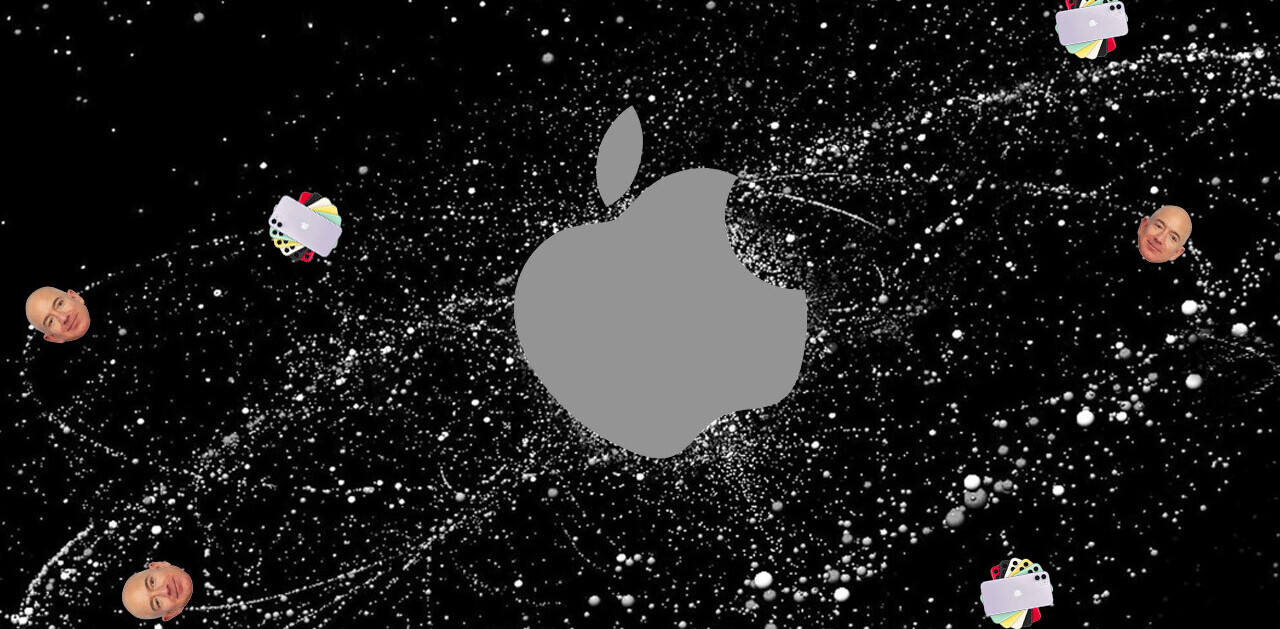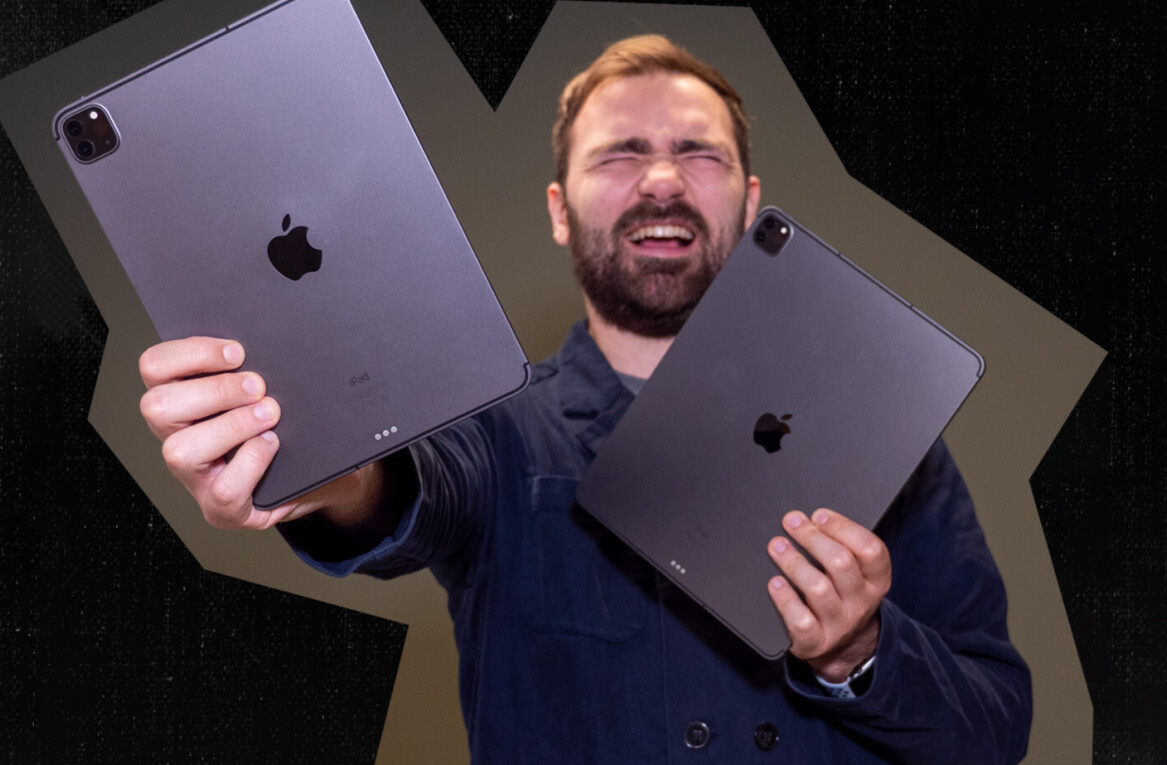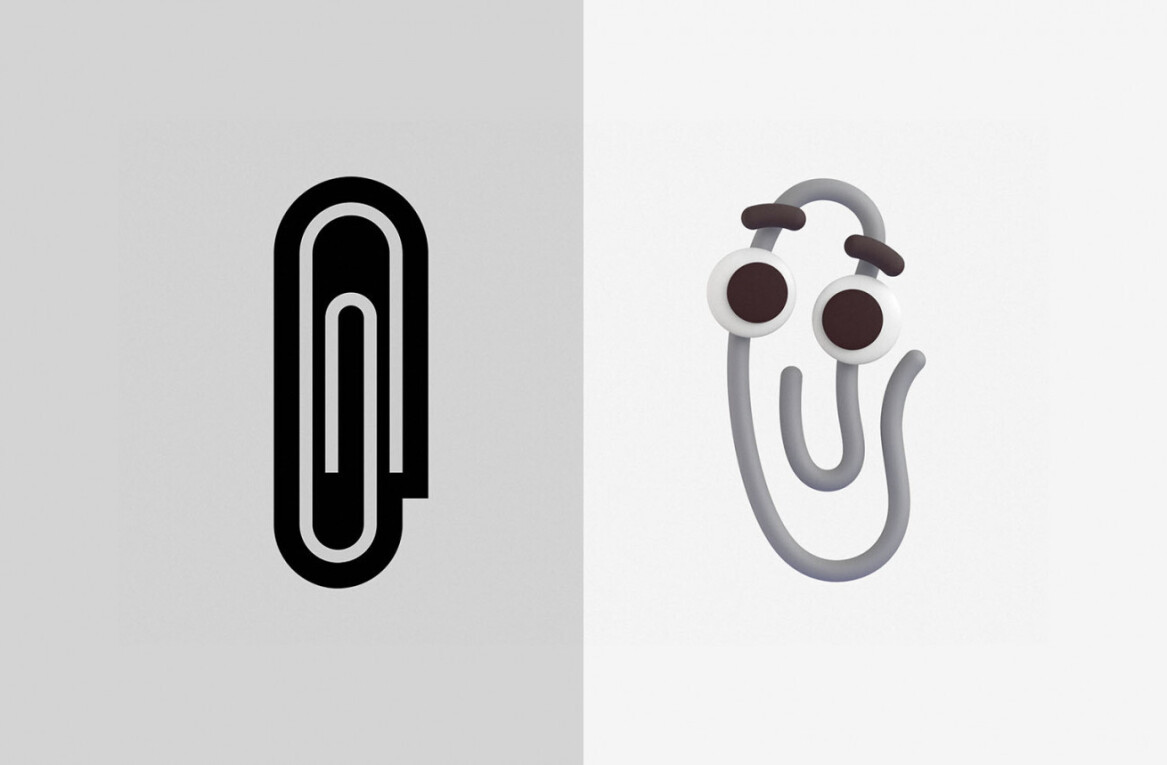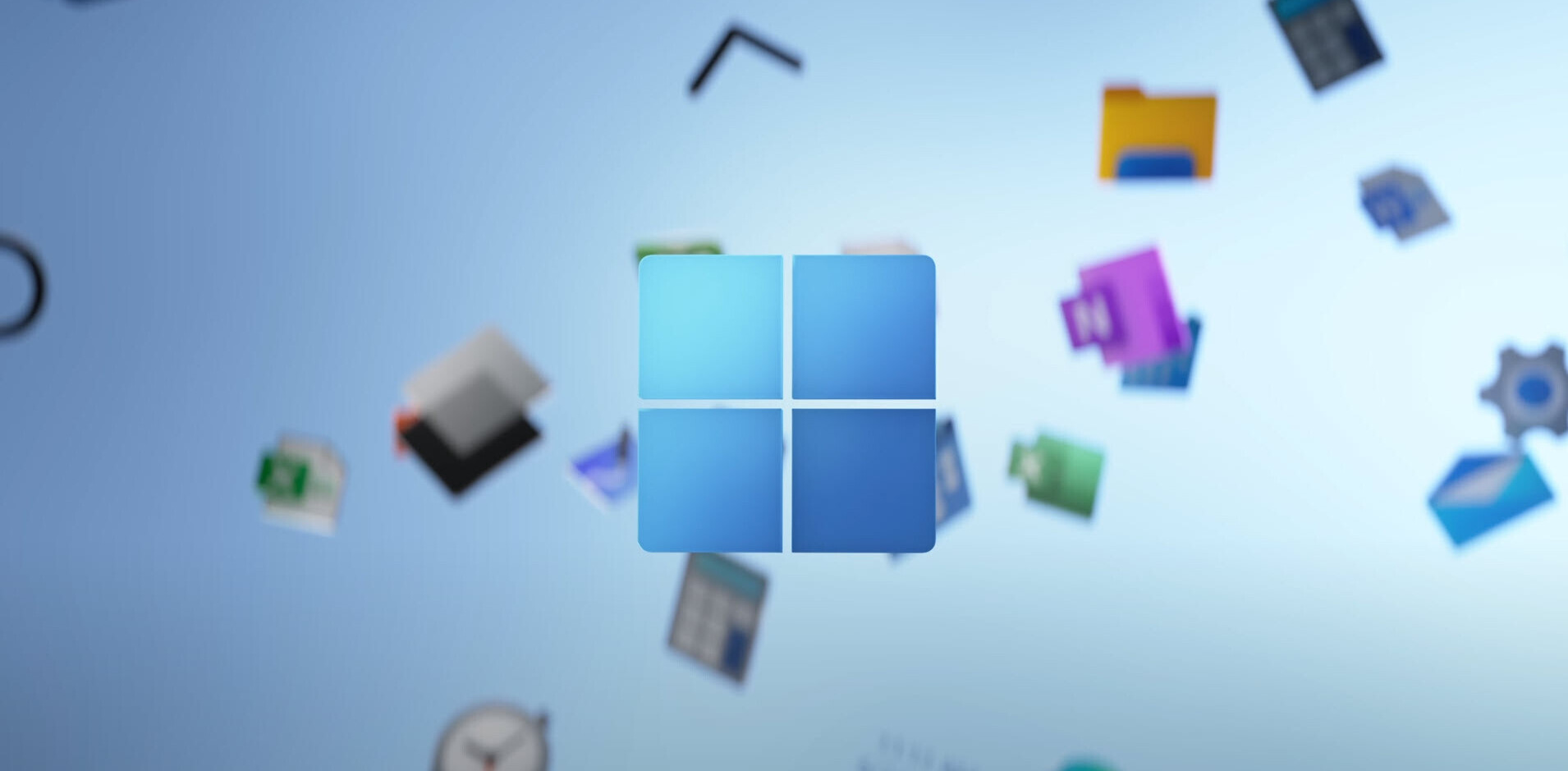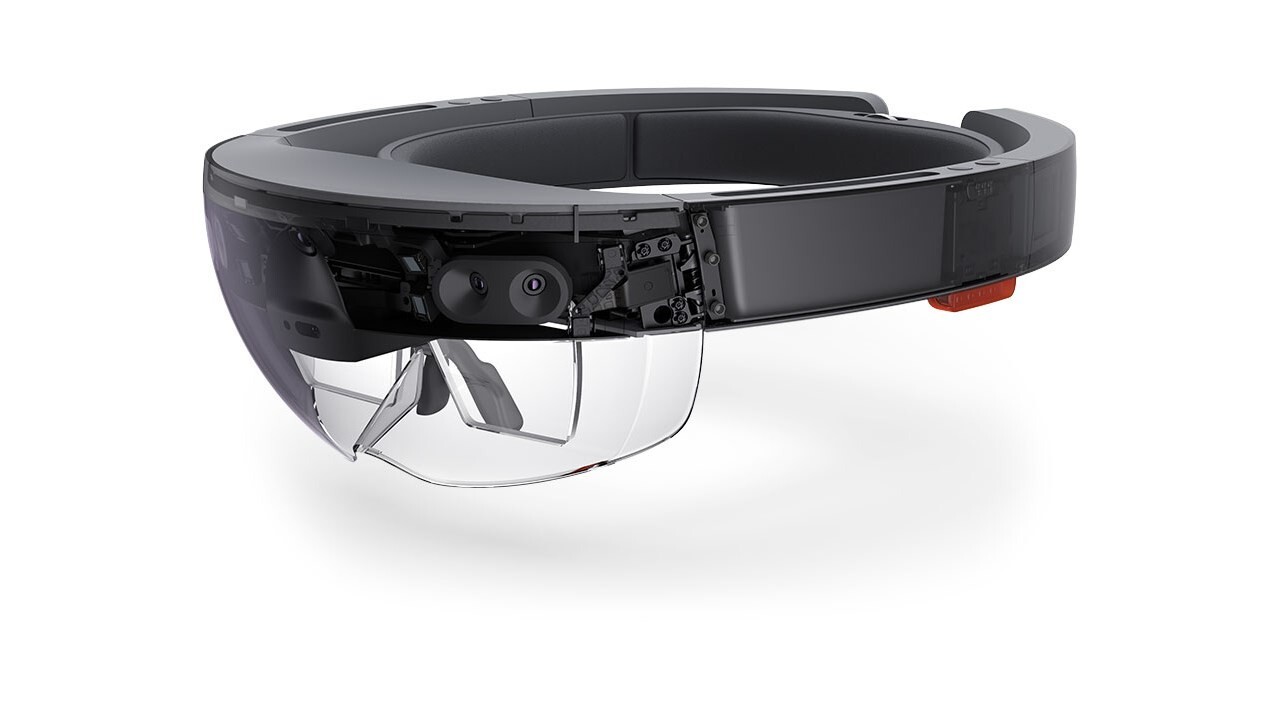
I’ve been excited about Microsoft’s mixed-reality HoloLens headset since the company first announced it back in January last year. But I’m concerned about how long it will take to become a mainstream device.
At an event in Tel Aviv, Microsoft technical evangelist Bruce Harris shared some interesting details about the HoloLens, like how it feels like looking at a 15-inch monitor that’s two feet away, and its ability to connect with multiple headsets to let other users interact with the same mixed-reality experience.
Harris also noted that the HoloLens can manage about five and a half hours of use on a single charge with simple apps like word processing and about only about two and a half hours with more demanding processes like 3D rendering.
He also said, “There is no option for a wired connection on the device. We have no intention of build a wired device for anybody.”
That means you can’t really use it for an entire work day as your only computing device.
Consider the fact that you probably don’t need HoloLens to work on a document or spreadsheet; it’s really people who work with 3D applications for modeling objects and landscapes, as well as gamers, who will get the most out of its mixed-reality capabilities.
That’s problematic because it means you’ll only be able to use your device for a certain amount of time before you have to bow out of a mixed-reality discussion about a 3D architectural model or disconnect from a multiplayer match to recharge.
It’s not uncommon for first-gen devices in a new category to have issues like this. Smartwatches have been around for a couple of years now and most of them still don’t manage more than a day on a single charge.
There was a time when laptops would just about get you through a meeting. Today, you can comfortably use one all day at work and then some.
Of course, Microsoft still has a lot of time before it unveils the consumer-ready version of the HoloLens in 2020 and could find a way around this — perhaps with a wearable power accessory or improved efficiency for extended battery life.
Until then, the HoloLens will likely be more of a niche-interest gadget that people buy for certain applications that benefit from mixed-reality functionality or because they want to try this new technology as soon as possible.
Hopefully the company can sort this out ahead of its launch four years from now.
➤ Bruce Harris talks about Microsoft Hololens [Virtual Reality Rebels / YouTube via PCWorld]
Get the TNW newsletter
Get the most important tech news in your inbox each week.
